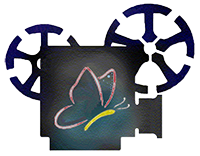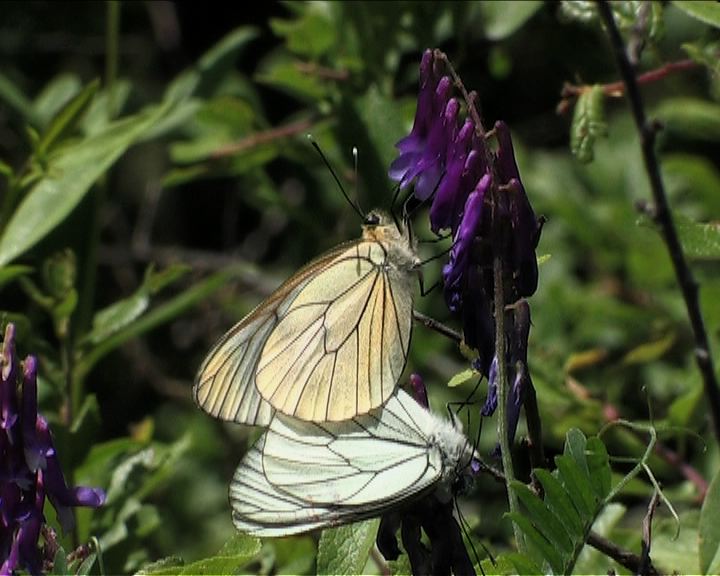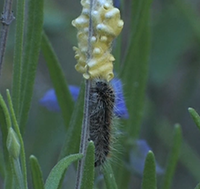

The Black-veined White (Aporia crataegi Linné, 1758)
The Black-veined White is a butterfly of the family Pieridae. It is found in orchards and bushes throughout most of Europe, North America, temperate Asia, Korea and Japan. The Black-veined White flies in one generation between April and July. The eggs are laid on the food plant, usually a member of the rose family Rosaceae. In the South of France the Hawthorns (Crataegus sp.) and Almond-leaved Pear (Pyrus amygdaliformis) are commonly used as host plant. The eggs are yellow at first, darkening with age, and are laid in groups of 20 to 100. They take about two to three weeks to hatch. From October, the instar 3 caterpillars enter into a diapause, in a nest made of a dead leaf. The next spring, after hibernation, the caterpillars sunbath on the nest, after which they feed on the buds the food plant. When reached their fourth instar they still feed together, once reached their fifth instar, they disperse. The chrysalis is creamy-white, marked with black, attached by a silken girdle to a twig. The butterfly emerges after about two to three weeks.

The parasitoid Cotesia glomerata (Linné, 1758) is a small wasp that injects many eggs in one caterpillar. It parasitizes the caterpillars of the many species of the Pieridae (Aporia crataegi, Pieris brassicae, P. mannii, P. rapae, P. napi and Pontia daplidice).
Identified by Dr. Mark R. Shaw
